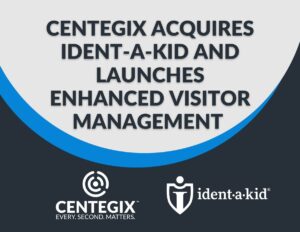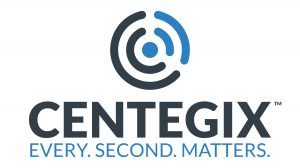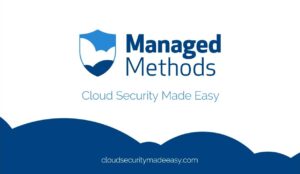As the cost of education continues to increase, those tasked with paying for educational costs have continued to feel the strain. Cutting costs without hurting the quality of the educational services may feel impossible given the importance of providing the best possible educational experience for students.
But there are areas where schools and districts can improve efficiency in spending and take steps to reduce costs and maximize the effectiveness of each dollar spent without sacrificing the quality of education. Of course, developing creative money-saving ideas in budgeting and teaching methodologies can save some cash, but they can only extend so far.
How can schools save money?
Money-saving strategies go hand-in-hand with schools just as much as pencils, blackboards, and desks. There are any number of areas where school funding can be wasted, and it takes organization and discipline to help school districts save money. Energy costs, supplies, facility maintenance, transportation, food service, and employee salaries are just a few areas where schools must devote a constant flow of cash.
Learning where and how schools can save money is a good first step, but implementing cost-saving measures can be a major challenge. School operations teams struggle across the board. Equipping your organization with the right mindset, tools, and resources to enact a savings plan is often the difference between a successful, optimized savings plan and a frustrating experience.
These 10 strategies for cutting costs allow you to ensure your school budget is under control and costs are kept low without sacrificing your school operations quality.
Contact your dedicated Account Manager:
Matt Hibbard
Enterprise Account Executive, EDU
919-459-3347
matthew.hibbard@brightlysoftware.com
Billy Doolittle
Government Account Executive II
919-887-9685
billy.doolittle@brightlysoftware.com



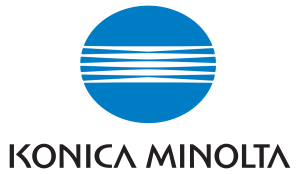




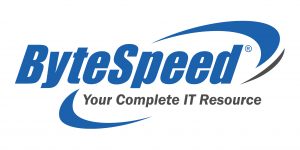


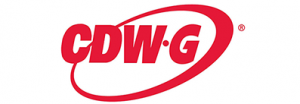
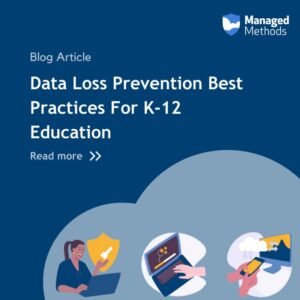
 David Waugh
David Waugh
